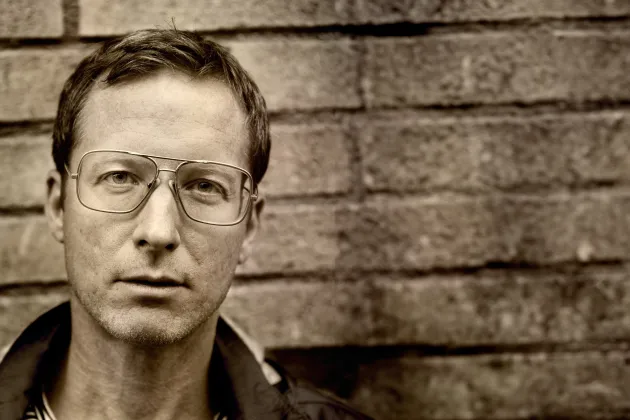okt
Course in popular science writing and research communication

Welcome to sign up for a short course in research communication with a special focus on popular science writing. The course, organized by the Department of Corporate Communication (Sektion kommunikation), is divided into three sessions:
Day 1- October 10th
10.00-12.00
The role of science and scientists in society – and Lund University´s support
Åsa Knaggård, Associate Professor in Political Science
Ulrika Oredsson, Press and Research Communications Officer
We’ll start the session by discussing the role of science in society and the different roles scientists can take — and what these roles mean for research communication.
We’ll also highlight Lund University’s communication resources and official guidelines to public research outreach.
13.00-15.00
Written ways to greater impact – rethinking text and purpose
Magnus Linton, writer and writing coach
Taking the step from the academic writing template to essayistic prose is very much a question of rethinking one’s ideas about a text´s meaning. What is discouraged in a peer review article may be considered stylistically appropriate in writing aimed for wider publics. Which linguistic features typical of today’s academic writing should be avoided when the aim is to communicate with wider audiences? Magnus Linton, non-fiction writer and editor at the Institute for Futures Studies, elaborates seven crucial points in his book Text and Style – Using Science in storytelling.
Day 2 - October 17, 10.00-12-00
Workshop (max 6 participants, preparation for this workshop includes writing a short text)
The Art of the Opening: Getting the Readers Attention from the First Line
Workshop leaders:
Magnus Linton (texts in Swedish)
Lene Nordrum, Associate professor in English Studies (texts in English)
Every text has a beginning — and if nothing happens in the first few paragraphs, all readers (except the ones paid to keep reading) will quickly drift away. So how do you write an opening that carries weight, teases just enough, and makes a promise — but not too much?
With the help of examples, we’ll explore a range of captivating and disarming ways to begin a text. What should a strong introduction do to the reader? What should it absolutely not do? What foundations are laid in those first few lines? And how do you get started when you're staring at a blank screen, stuck and anxious?
Spots are limited so don´t hesitate too long before applying.
Apply to Ulrika [dot] Oredsson [at] kommunikation [dot] lu [dot] se
Om evenemanget
Plats:
Botaniska museet mötesrum 210
Kontakt:
Ulrika [dot] Oredsson [at] kommunikation [dot] lu [dot] se

